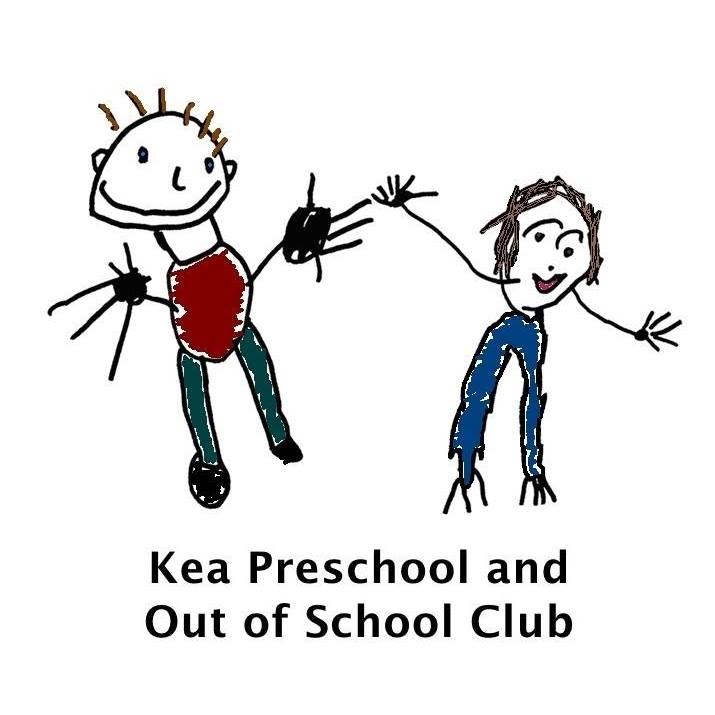Risk Assessment
Policy statement
We believe that the health and safety of children is of paramount importance. We make our setting a safe and healthy place for children, parents, staff and volunteers by assessing and minimising the hazards and risks to enable the children to thrive in a healthy and safe environment.
Risk assessment means:
Taking note of aspects of your workplace and activities that could cause harm, either to yourself or to others, and deciding what needs to be done to prevent that harm, making sure this is adhered to.
The law does not require that all risk is eliminated, but that ‘reasonable precaution’ is taken. This is particularly important when balancing the need for children to be able to take appropriate risks through physically challenging play. Children need the opportunity to work out what is not safe and what they should do when faced with a risk.
Health and safety risk assessments inform procedures. Staff and parents should be involved in reviewing risk assessments and procedures – they are the ones with first-hand knowledge as to whether the control measures are effective – and they can give an informed view to help update procedures accordingly.
This policy is based on the five steps below:
- Identification of a risk: Where is it and what is it?
- Who is at risk: Childcare staff, children, parents, cooks, cleaners etc?
- Assessment as to whether the level of a risk is high, medium, low. This takes into account both the likelihood of it happening, as well as the possible impact if it did.
- Control measures to reduce/eliminate risk: What will you need to do, or ensure others will do, in order to reduce that risk?
- Monitoring and review: How do you know if what you have said is working, or is thorough enough? If it is not working, it will need to be amended, or maybe there is a better solution.
Procedures
- Our manager undertakes training and ensures our staff and volunteers have adequate training in health and safety matters.
- Our risk assessment process covers adults and children and includes:
- determining where it is helpful to make some written risk assessments in relation to specific issues, to inform staff practice, and to demonstrate how we are managing risks if asked by parents and/or carers and inspectors;
- checking for and noting hazards and risks indoors and outside, in relation to our premises and activities;
- assessing the level of risk and who might be affected;
- deciding which areas need attention
An Access audit is completed to ensure inclusion and the health and safety of all visitors, staff, and children. The relevant procedure is modified if required to match the assessment.
- Where more than five staff and volunteers are employed, the risk assessment is written and is reviewed regularly.
- We maintain lists of health and safety issues, which are checked daily before the session begins, as well as those that are checked on a weekly and termly basis
- Our manager ensures that checks, such as electricity and gas safety checks, and any necessary work to the setting premises are carried out annually and records are kept.
- Our manager ensures that staff members carry out risk assessments that include relevant aspects of fire safety, food safety for all areas of the premises.
- Our manager ensures that staff members carry out risk assessments for work practice including:
- changing children;
- preparation and serving of food/drink for children;
- children with allergies;
- cooking activities with children;
- supervising outdoor play and indoor/outdoor climbing equipment;
- putting children to sleep;
- assessment, use and storage of equipment for disabled children;
- the use and storage of substances which may be hazardous to health, such as cleaning chemicals;
- visitors to the setting who are bring equipment or animals as part of children’s learning experiences; and
- following any incidents involving threats against staff or volunteers.
- We take precautions to reduce the risks of exposure to Legionella (Legionnaires disease).
Daily safety sweeps and checks indoors and outdoors
- At Kea Preschool safety sweeps are conducted when setting up for the day prior to children arriving or closing in the evening. Sometimes a safety sweep will identify a risk that requires a formal risk assessment on form. For example, if a window latch is becoming stiff and an educator has to stand on a chair in order to reach it to ensure it has closed properly.
Legal framework
- Management of Health and Safety at Work Regulations (1999)
Further guidance
- For more information on what is required of employers in relation to health and safety risk assessments, please see annex A of the guidance for full opening: schools.
- Additional advice on safely reoccupying buildings can be found in the Chartered Institute of Building Services Engineers’ guidance on emerging from lockdown.
- Five Steps to Risk Assessment (HSE 2011)
- Legionnaires’ Disease – A Brief Guide for Duty holders (HSE 2012) www.hse.gov.uk/pubns/indg458.pdf
| This policy was adopted by | Kea Preschool Ltd |
| Adopted On | 1st October 2021 |
| Date reviewed | 25th October 2023 |
| Date to be Reviewed | October 2024 |
| Signed on behalf of the provider | TMKEMP |
| Name of signatory | Tracey Kemp |
| Role of signatory (e.g. chair, director or owner) | Manager |

